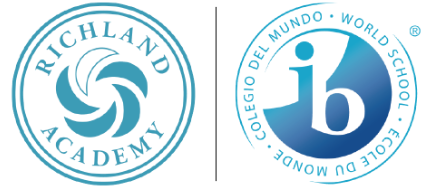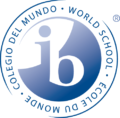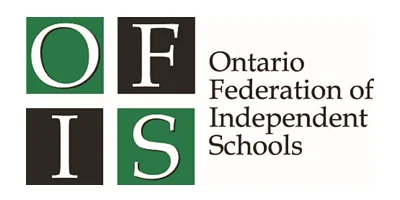The SK children were asked to reflect on their recent visit to the Aga Khan Museum where they created a clay hexagon shape and embellished it with a design. They were now asked to draw from this experience to think about the following question:
Why is a hexagon shape useful when creating a snowflake?
Some of the children’s responses were:
L. “Because a hexagon has six sides and a snowflake has six sides.”
E. clarified, “A snowflake has six pointy parts.”
Em. added, “All snowflakes have six points.”
“How can this clay hexagon be shaped to have 6 points?”
Some of their creations are shown below:
The JK class has been investigating patterns. In studio we have looked at radial patterns, creating aesthetic images with tissue paper on a transparent, household material – namely, wax paper. 
Loris Malaguzzi Said:
“…it is not an imposition on children or an artificial exercise to work with numbers, quantity, classification, dimensions, forms, measurements, transformation, orientation, conservation, and change or speed and space, because these explorations belong spontaneously to the everyday experiences of living, playing, negotiating, thinking and speaking by children.”
Did you know that:
Tessellations appear in nature in the form of honeycombs, plant cells, turtle shells, and the structure of some viruses.
Did you know that:
The basic pentagon with all sides measuring the same length does not tile. German mathematician Karl Reinhardt began to experiment with pentagons in 1918 and discovered five equations for shapes that tile the plane completely. The 15th pentagonal tile pattern has just been discovered!
“Yet innovation remains tightly coupled with science, Technology, Engineering and Math – the STEM subjects. Art and Design are poised to transform our economy in the 21st century just as science and technology did in the last century. We need to add Art and Design to the equation – to transform STEM into STEAM.” (Rhode School of Design)
Visual representations are a powerful tool. They help to make the unseen visible and the complex simple.
This power of visuals has been used by scientists throughout history, including the representational anatomical works and studies of Leonardo da Vinci and the theoretical phylogenetic work of Charles Darwin.
Math, science and art are integral to innovative learning and drawing skills are seen as skills that play an important role in our future.














